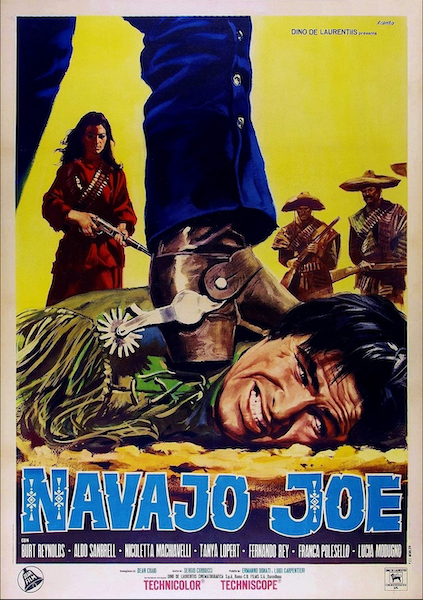As part of Geri Augusto's seminar Development's Visual Imaginaries, she asked her students: what would happen if we took America's history of settler colonialism and racial slavery as the foundation for Development Studies, rather than just European empires? What would that look like, both visually and politically?
Throughout American history, the public has been persuaded to support or oppose policies constructed around notions of progress, technology, modernization, sovereignty, resource relations, hierarchies of human difference, borders and immigration, citizenship, and selfhood as much by their visual framing as by spoken and written words. These same complex, contested notions are and have always been of global concern in the field of Development Studies, but they are most often viewed through the lens of "overseas" empires.

Professor Augusto's students used still and moving images, looking closely, listening carefully, to produce counter-images and counter-narratives in response to course readings that culminated in a digital exhibit entitled Out of Frame: Visual Counter Narratives Reframing Development Studies. In a series of four exhibits, students ask: How do images linking societal progress with exclusion and racism function with laws, policy statements, and the correspondence of public officials?
From the dawn of the policy of Manifest Destiny in 1803 to President Truman's declaration of global leadership as development in 1950, uncovering what was left out of frame, demolished, distorted, or occluded reveals how the paradoxes of racial slavery, land ownership, borders, and freedom were sold to the public.
Finally, students pursued where these connections may lead, and what new understandings they may generate. The artworks and statements in this project are invitations to use images as a way of inquiry, questioning, and storytelling, to fill in some of the lacunae in the history of development studies, and to imagine narratives that were left out of frame.